
The Benguela upwelling region extends along the south-western coastline of Africa, from Cape Agulhas in South Africa to Benguela, a small village on the north coast of Angola. It is characterized by a wind-driven process in which cold, deep water is cycled to the surface, bringing nutrients up from the depths and rendering the inshore waters of Namibia and western South Africa among the most productive in the world. Historically these waters have sustained a complex and diverse marine food chain, underpinned by massive blooms of phytoplankton – indicated by huge, mobile schools of small fish and most obviously expressed by an impressive array of predatory fish, mammals, and birds.
But in the past 100 years conditions in the Benguela have been changing. Anthropogenic impacts have escalated exponentially, the once infinite shoals of pelagic sardines and anchovy are scattered and hugely depleted and many of the abundant seabird populations that these forage-fish used to sustain have been reduced to fractions of their former glory.
Fifteen coastal seabird species breed within the Benguela system. Seven of these – African Penguin, Cape Gannet, Cape, Bank, and Crowned cormorants, Hartlaub’s Gull and Damara Tern – are endemic to the Benguela and six are red-listed as both regionally and globally threatened. Population trajectories of iconic species like African Penguin and Cape Gannet are precipitously downward (particularly in South Africa), with the penguin all but poised on the brink of extinction.
This story is from the September/October 2019 edition of African Birdlife.
Start your 7-day Magzter GOLD free trial to access thousands of curated premium stories, and 8,500+ magazines and newspapers.
Already a subscriber ? Sign In
This story is from the September/October 2019 edition of African Birdlife.
Start your 7-day Magzter GOLD free trial to access thousands of curated premium stories, and 8,500+ magazines and newspapers.
Already a subscriber? Sign In

EXPLORING NEW HORIZONS
Keith Barnes, co-author of the new Field Guide to Birds of Greater Southern Africa, chats about the long-neglected birding regions just north of the Kunene and Zambezi, getting back to watching birds and the vulture that changed his life.

footloose IN FYNBOS
The Walker Bay Diversity Trail is a leisurely hike with a multitude of flowers, feathers and flavours along the way.

Living forwards
How photographing birds helps me face adversity
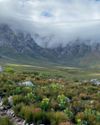
CAPE crusade
The Cape Bird Club/City of Cape Town Birding Big Year Challenge
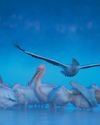
water & WINGS
WATER IS LIFE. As wildlife photographer Greg du Toit knows better than most.
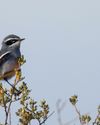
winter wanderer
as summer becomes a memory in the south, the skies are a little quieter as the migrants have returned to the warming north. But one bird endemic to the southern African region takes its own little winter journey.
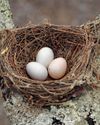
when perfect isn't enough
Egg signatures and forgeries in the cuckoo-drongo arms race
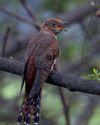
Southern SIGHTINGS
The late summer period naturally started quietening down after the midsummer excitement, but there were still some classy rarities on offer for birders all over the subregion. As always, none of the records included here have been adjudicated by any of the subregion's Rarities Committees.
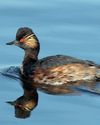
flood impact on wetland birds
One of the features of a warming planet is increasingly erratic rainfall; years of drought followed by devastating floods. Fortunately, many waterbirds are pre-adapted to cope with such extremes, especially in southern Africa where they have evolved to exploit episodic rainfall events in semi-arid and arid regions. But how do waterbirds respond to floods in areas where rainfall - and access to water - is more predictable? Peter Ryan explores the consequences of recent floods on the birds of the Western Cape's Olifants River valley.
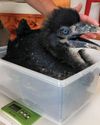
a star is born
It’s every producer’s dream to plan a wildlife television series and pick the right characters before filming.